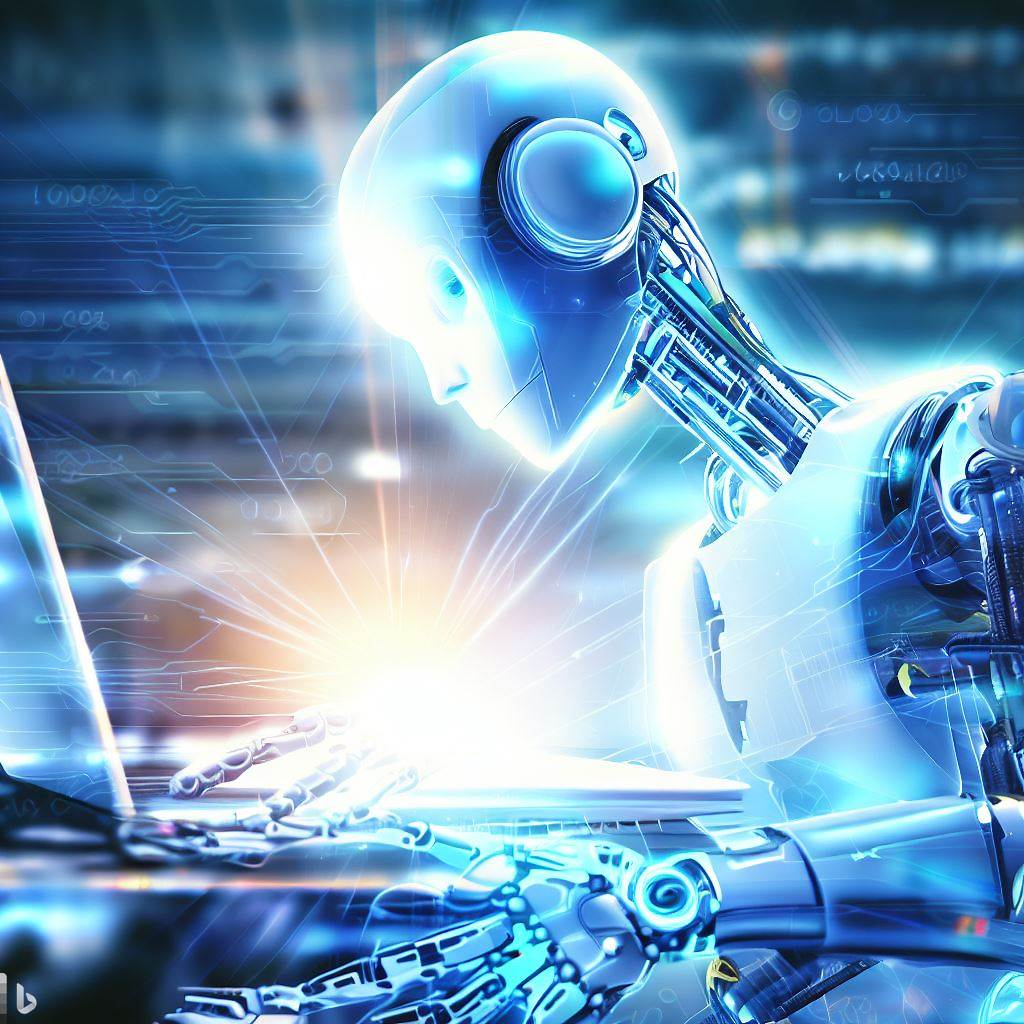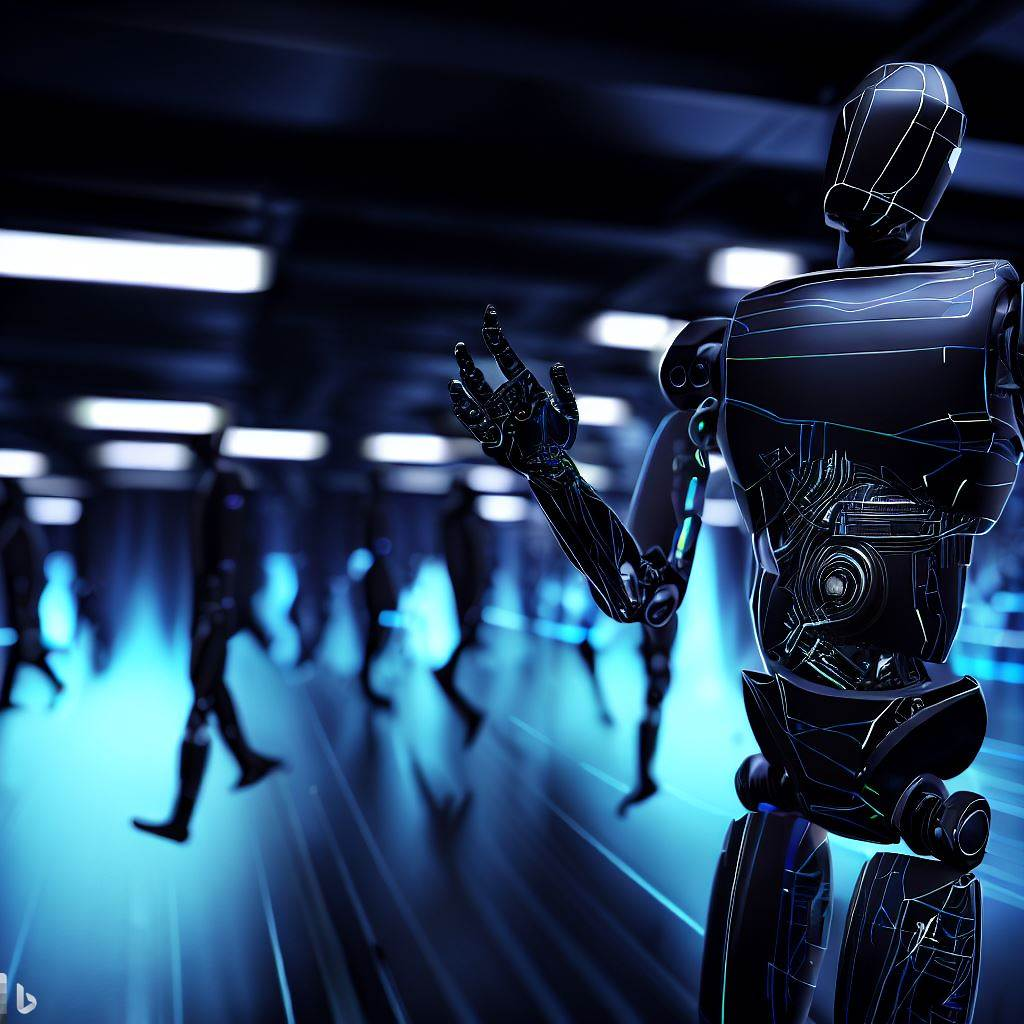Introduction
In
recent years, artificial intelligence has made significant advancements,
transforming the way we interact with technology. One such breakthrough is
ChatGPT, a powerful language model developed by OpenAI. With its ability to
generate human-like responses, ChatGPT has sparked curiosity and intrigue among
many. In this blog post, we will take a closer look at how ChatGPT works and
delve into the underlying mechanisms that make it such a remarkable tool.
Understanding ChatGPT
ChatGPT
is built upon the GPT (Generative Pre-trained Transformer) architecture, which
leverages the power of deep learning and neural networks. Its purpose is to
generate coherent and contextually relevant responses to user inputs,
simulating a conversation with a human.
Training Process
To
create ChatGPT, a vast amount of text data is used for pre-training. This
includes books, articles, websites, and various other sources of human
knowledge. By exposing the model to an enormous corpus of text, it learns the
patterns, grammar, and semantics of language.
The
training process involves a technique known as unsupervised learning. The model
predicts the next word in a sentence given the previous context. This process
is repeated iteratively, enabling the model to learn the probability distribution
of words and their contextual relationships.
Transformer Architecture
The
Transformer architecture is a fundamental component of ChatGPT. It consists of
an encoder and a decoder, both comprising multiple layers of self-attention
mechanisms and feed-forward neural networks.
The
encoder receives the input text and transforms it into a series of hidden
representations, capturing the contextual information. The decoder then
generates the output text based on these representations, making predictions word
by word.
Self-Attention Mechanism
The
self-attention mechanism is a crucial element in ChatGPT's ability to
understand and generate coherent responses. It allows the model to weigh the
importance of each word in a sentence relative to the others, capturing
dependencies and relationships between words.
By
attending to different parts of the input sequence, ChatGPT can assign higher
weights to relevant words, resulting in more accurate responses. This mechanism
enables the model to understand context and generate appropriate replies based
on the input it receives.
Fine-Tuning
After
pre-training, ChatGPT undergoes a process called fine-tuning. It involves
training the model on specific datasets that are carefully generated with human
reviewers. These reviewers follow guidelines provided by OpenAI, which outline
desired behaviors and potential pitfalls to avoid.
The
iterative feedback loop with reviewers helps refine the model's responses,
ensuring it generates more helpful and appropriate answers. OpenAI also
incorporates safety mitigations to minimize harmful or biased outputs during
this process.
Limitations and Challenges
While
ChatGPT has shown remarkable progress in generating human-like responses, it is
not without limitations. One significant challenge is its occasional propensity
to produce incorrect or nonsensical answers. The model's responses are
primarily based on statistical patterns it has learned, rather than true
understanding or common sense.
Additionally,
ChatGPT is sensitive to input phrasing and can be overly confident even when
providing inaccurate information. Striking the right balance between being
cautious and confident is an ongoing challenge for the developers.
Conclusion
ChatGPT
represents a remarkable advancement in natural language processing and
conversational AI. By combining deep learning techniques, the Transformer
architecture, and a vast amount of pre-training data, it has the ability to
generate coherent and contextually relevant responses.
While
ChatGPT still has room for improvement, it has paved the way for more advanced
language models that can assist in various domains, such as customer support,
content generation, and education. As research and development continue, we can
expect even more exciting applications and enhancements in the field of
AI-driven



